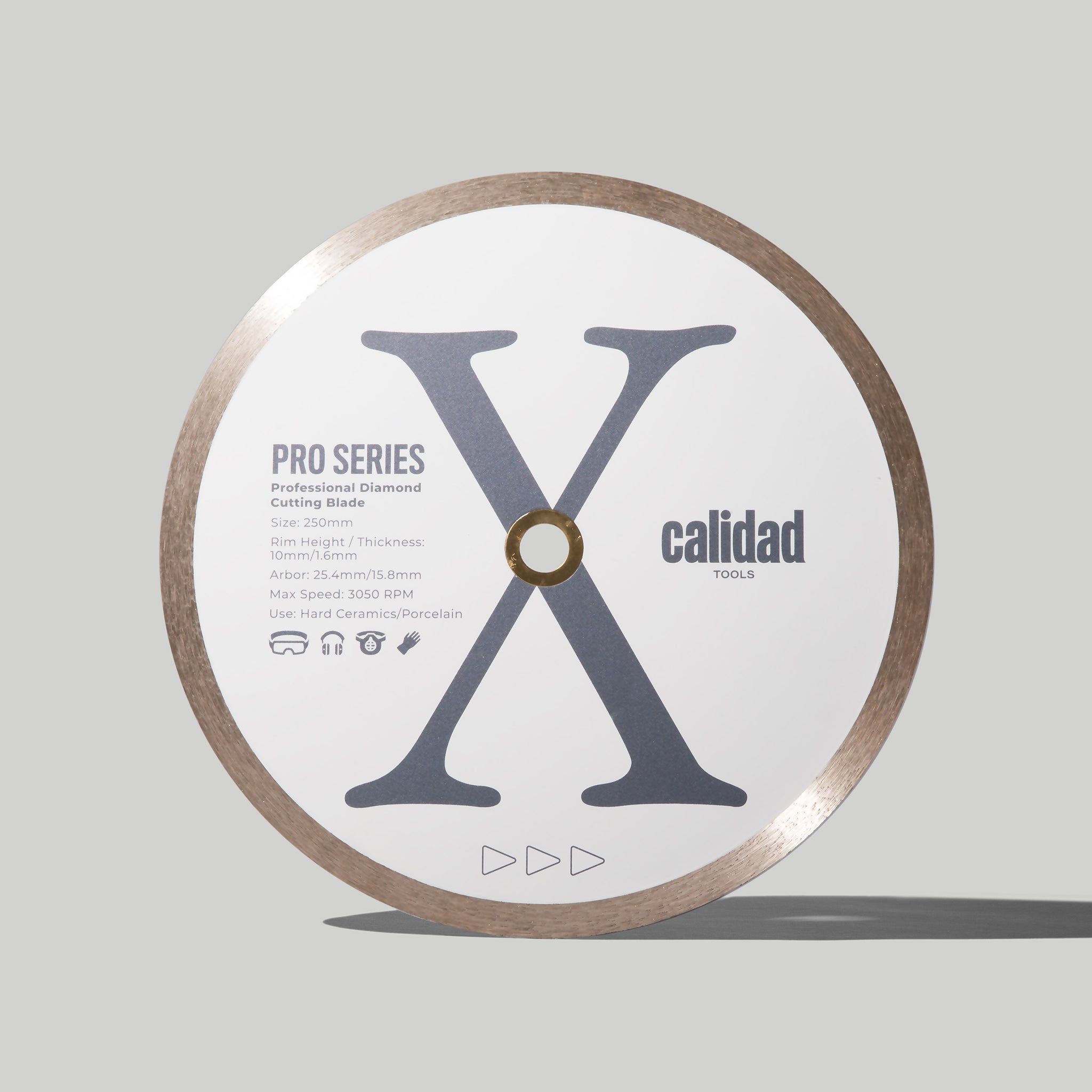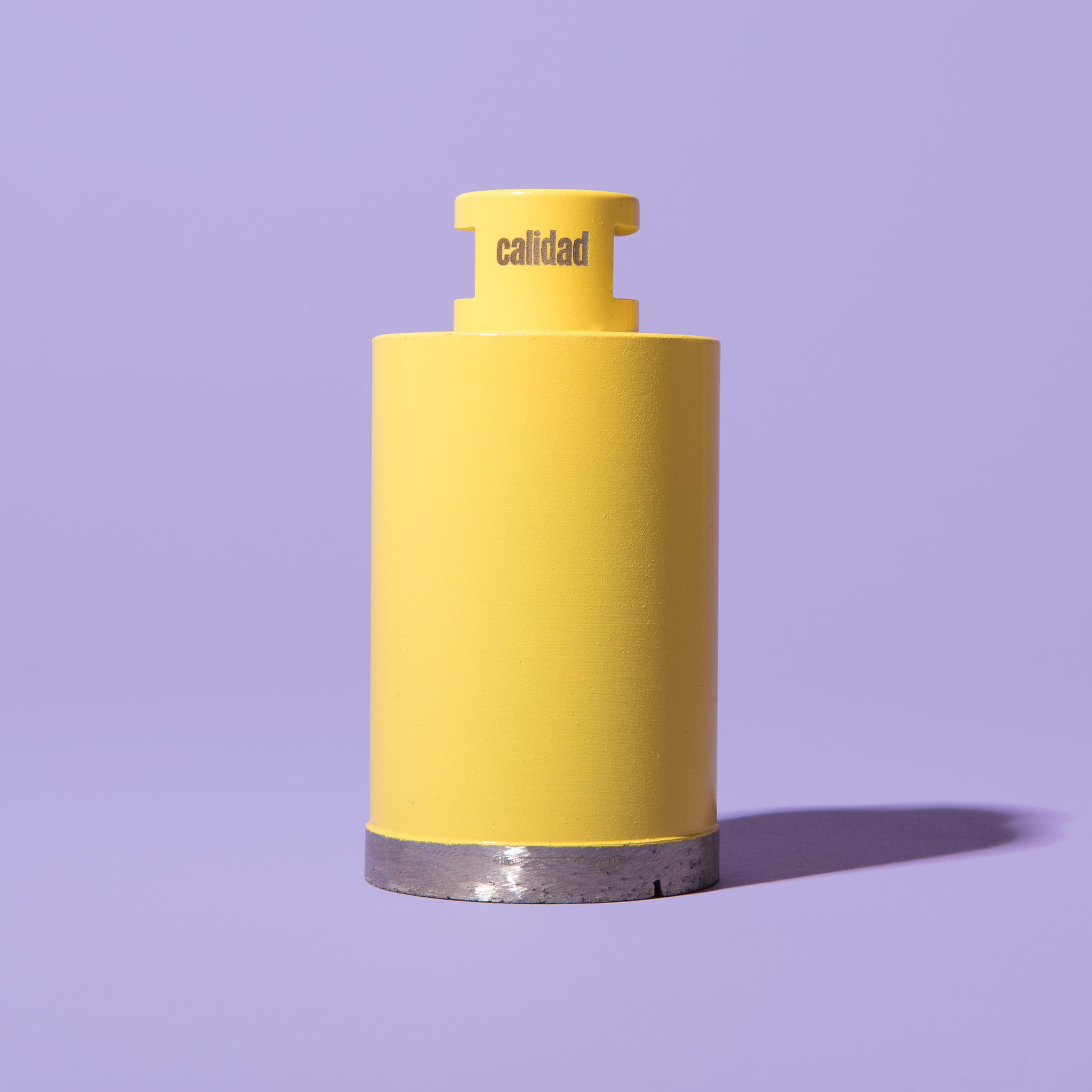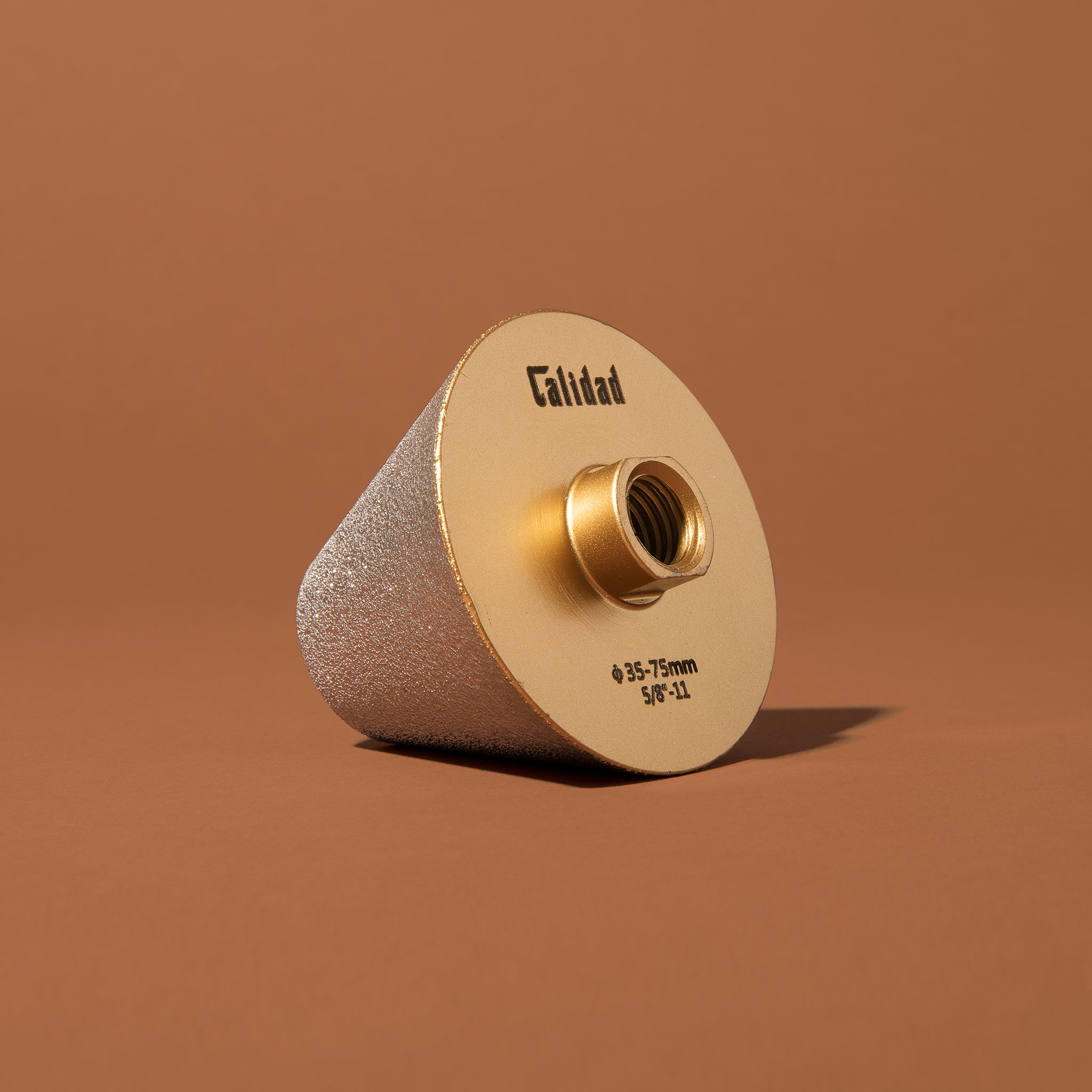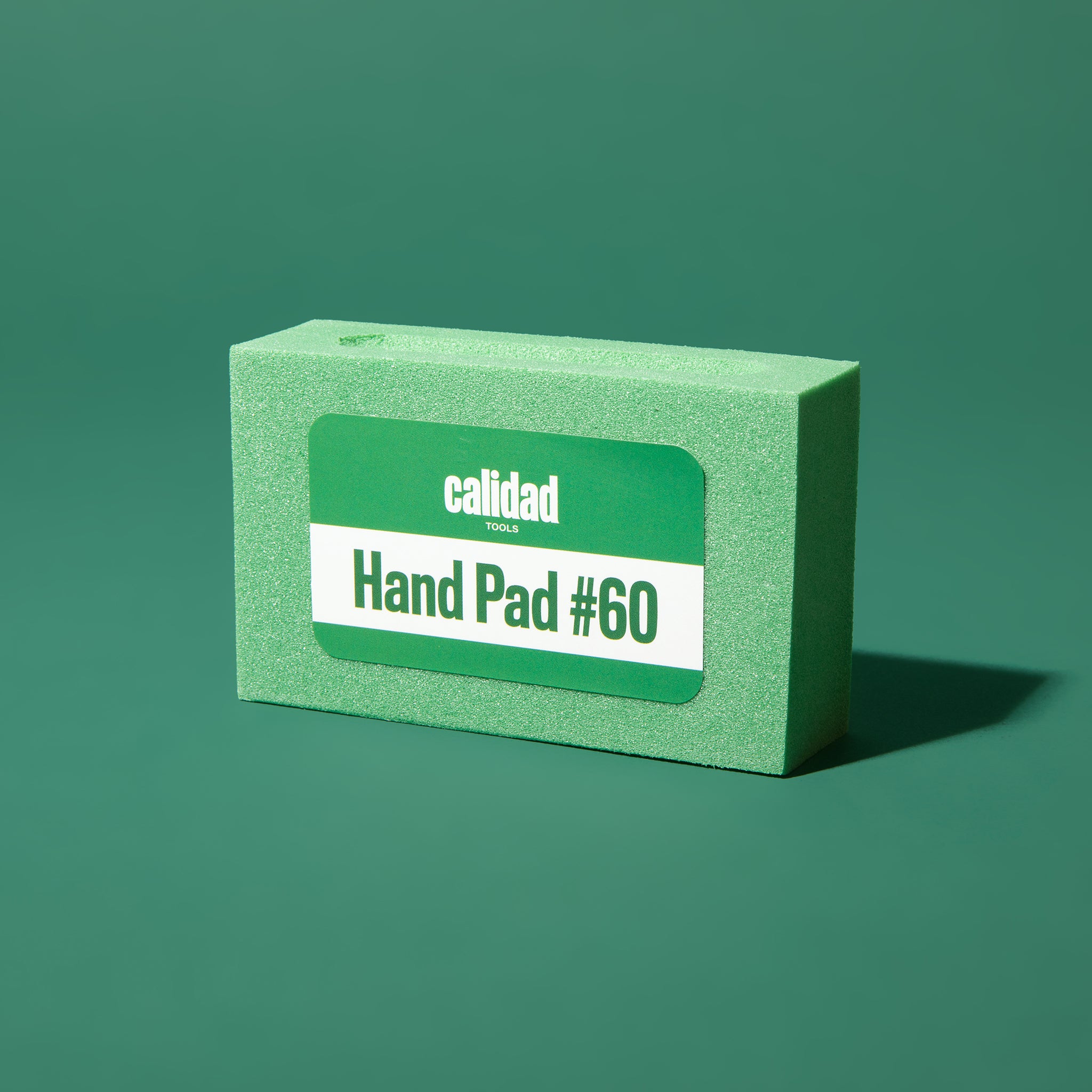What Type Of Flooring Can You Put Over Ceramic Tile: A Complete Guide
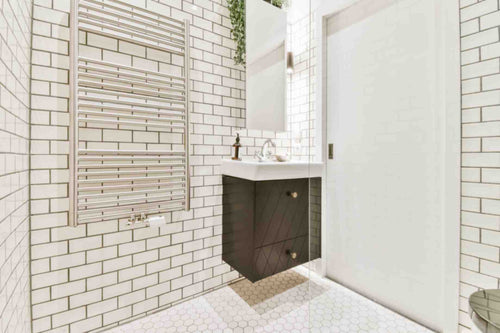
When it comes to durability and ease of maintenance, nothing beats ceramic flooring. With that said, if your ceramic flooring has been around for more than a decade, there's a good chance it doesn't look as pristine as the day it was installed.
So what can you do about it? Well, you can either replace it or install new flooring over it. In this article, I'll be tackling the second option.
Today, you'll learn all about what types of flooring you can put over ceramic tile - why you should (or shouldn't do it), how much it costs, and whether it is worth it. But before I get into the nitty-gritty of flooring options, let's go over why you should install ceramic tile flooring.
Why You Should Install Ceramic Tile Flooring?
As I mentioned in the intro, nothing beats ceramic tiles when it comes to durability and ease of maintenance.
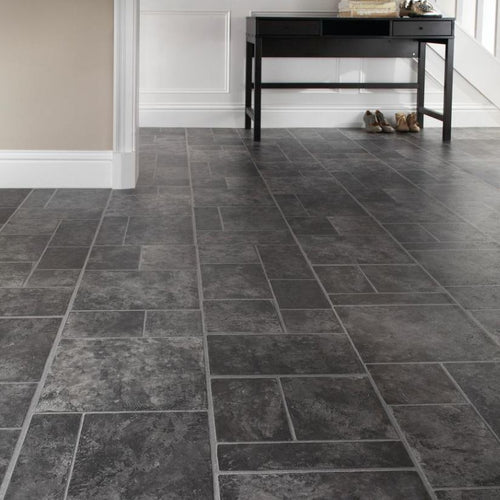
However, this type of flooring has other benefits too - such as:
Versatility: Ceramic tile comes in all kinds of shapes, sizes, colors, and patterns. You can install it just about anywhere and it will give the space a note of class and style.
Water-resistant: No matter what you spill on your tile flooring, you can rest assured there's not going to be any water damage. This is because ceramic is completely waterproof. Just make sure your grout lines are all well sealed.
Durability: Ceramic tile is almost completely resistant to scratches, stains, and your day-to-day wear and tear. If you clean and maintain it regularly, it can outlast you.
Easy to maintain: Ceramic tile is pretty easy to maintain. Just give it a good mop and a scrub once in a while, and that's pretty much that.
What Types Of Flooring Can I Put Over Ceramic Tile?
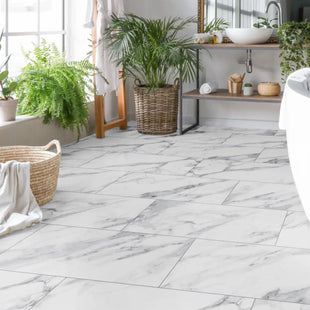

Now that you're familiar with the benefits of having/installing ceramic tile flooring let's explore what types of flooring you can install over it.
Luxury Vinyl Tile
Luxury Vinyl Tile, or LVT for short, is one of the best flooring options for your existing tile floor. It's just as durable as ceramic and is water-resistant to boot. This makes it a great option for kitchens and bathrooms. Vinyl tiles come in all kinds of styles, including hardwood, ceramic tile, and even hardwood. So if you're looking for a cheap way to freshen up your flooring, I recommend you install vinyl tiles.
Laminate Flooring
Laminate flooring has been around for quite a while. It's a pretty good flooring option you can install over your ceramic tiles because it's super-easy to install and maintain. Just like vinyl, laminate is water-resistant, so you can install it in areas where there's going to be a lot of moisture. With that said, if you want to ensure no water damage occurs, I recommend you go with the highest-grade laminate. This does cost a bit extra, but the investment is well worth it.
When it comes to patterns, laminate is just as diverse as vinyl flooring. There's everything from wood to stone imitations.
Engineered Wood Flooring
Engineered wood flooring is an excellent option if you want the hardwood floor feel without having to invest too much. On top of that, engineered wood is very durable, easy to maintain, and water resistant. Just like laminate and vinyl, this type of flooring comes in a wide range of styles - from hardwood to stone.

Vinyl Tiles
Vinyl tiles are a cost-effective choice to put over ceramic tiles. They come in lots of colors and patterns, so they can work well with any home style. Plus, they're water-resistant, which makes them a good pick for bathrooms and kitchens.
However, they're not as durable, nor do they come in a wide variety of styles as their luxury counterpart. Still, they're a pretty good solution if you're on a tight budget and want to add a bit of flare to your space.
Solid Wood Flooring
Solid wood flooring is a fancy choice to put on top of ceramic tiles. It's a classic material that can make your home cozy and full of character. But keep in mind that installing solid wood flooring over ceramic tiles can be trickier compared to other types of flooring because it needs a flat and steady subflooring.
Cork Flooring
Cork flooring is a green and eco-friendly choice for putting over ceramic tiles. It's made from the bark of cork trees and is a sustainable material that's pretty good at resisting moisture. You can find cork flooring in different colors and patterns, adding a cozy and textured feel to your home decor.
Installing new flooring over ceramic tiles is a smart and budget-friendly way to give your home a fresh look. Luxury Vinyl Tile, laminate flooring, and engineered wood flooring are all great choices for going over ceramic tile. Each type of flooring has its own advantages, so make sure to think about what you need and like when picking the right one for you.
The Pros And Cons Of Installing Flooring Over Ceramic Tile
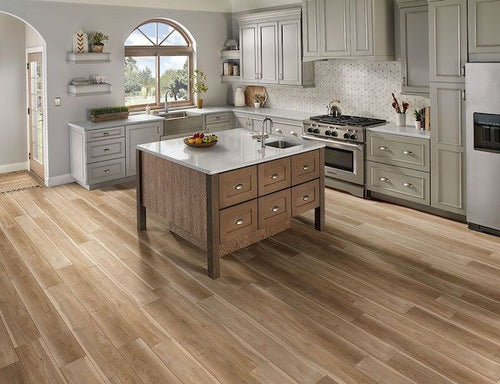
Flooring installation over existing tiles is one of the most cost-effective ways of updating your home's interior. However, just as all things in life, it comes with its pros and cons:
Pros
It's cost-effective: the biggest advantage of adding flooring over ceramic tile is that it's cost-effective. Taking out and changing ceramic tile can take a lot of time and money, but putting new flooring on top of the existing tile can save you both time and cash.
It's easy to install: Installing new flooring over existing tiles is relatively straightforward. You don't have to pull out old tiles, prepare the underlayment, and lay new flooring over it.
It'll enhance your insulation: Putting in new flooring over ceramic tile can improve your home's insulation. The extra layer helps keep your home's temperature steady in both summer and winter, which can lower your energy bills.
It provides aesthetic value: Adding new flooring over ceramic tile is a great way to give your home a fresh look and feel without needing a major renovation. It's an excellent way to update your living space and create a new vibe without the expense and inconvenience of a complete overhaul.
Cons
It might cause height issues: Putting new flooring over ceramic tile may raise the height of your floors. This can lead to problems with door clearance, transitions between rooms, and other areas where a change in floor height can be troublesome.
It can lead to trouble with mold and mildew: Putting new flooring over ceramic tile may bring about moisture issues. If moisture gets trapped between the layers of flooring, it can lead to the growth of mold and mildew, potentially causing health problems.
It can make your floors unstable: Stability can be a concern depending on the type of flooring you put over ceramic tile. If the subfloor isn't level or the ceramic tile isn't securely attached, the new flooring might not stick well, causing stability problems.
It has a shorter lifespan than tile: Adding new flooring over the existing floor might reduce the lifespan of your new flooring. The extra layer can contribute to wear and tear, causing the new flooring to have a shorter lifespan compared to if it were installed on a new subfloor.
What You Should Consider Before Instaling New Flooring Over Your Ceramic Tile
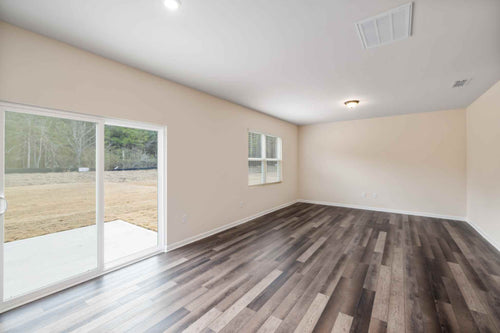
Although putting in a new floor over existing ceramic tiles can be a budget-friendly and convenient method to freshen up your home's interior design, there are several important factors to consider before proceeding with the installation.
Preparation And Requirements
The first thing you should factor in when installing a new floor over your ceramic tiles is the condition of the subflooring. It's crucial you ensure the subfloor is level and stable enough for the new flooring. This will involve filling in all the low spots with a self-leveling compound as well as removing any damaged tiles. Oh, and let's not forget about cleaning the tiles as much as possible since new flooring needs to be installed on a clean, smooth surface.
Cost Estimate
Before installing a new floor over ceramic tiles, it's crucial to calculate the square footage of the space. This step helps determine the amount of flooring required, allowing for an accurate estimate of material and labor costs. Measure the length and width of the space, and account for any areas where the flooring will need to be cut to fit around corners or obstacles.
Budget
Installing new flooring over your tiles can be pretty cheap, but it's crucial you factor in the cost of materials and labor before you start with the project. The cost of new flooring will depend on the type of material, square footage of the room, and installation costs. Don't forget to take into account additional expenses, such as the removal of furniture or appliances, when estimating overall costs.
Installation Process
The way you install a new floor over ceramic tiles depends on the type of flooring you pick. Some, like laminate or vinyl, snap together like a puzzle. Others, such as solid wood or cork, might need to be glued or nailed down. It's important to ask a professional for advice on the best way to do it safely and efficiently. Also, think about how long it will take and how you'll manage your living space while it's happening.
Conclusion
As you can see, when it comes to installing a new floor over existing tiles, you have quite a few options. With that said, nothing beats actual tiles. You'll have to search far and wide to find another type of flooring that's durable, water-resistant, and timeless. And if you're looking to install tiles in your home and business DIY-style, you should check out our store.
We have everything you need to start on your tiling project. I recommend you check out the Calidad Starter-Kit Mini - it's an all-in-one selection of our tools, including specialized angle grinder tile blades and a variety of tile drill bits that'll help you finish your project in no time!

